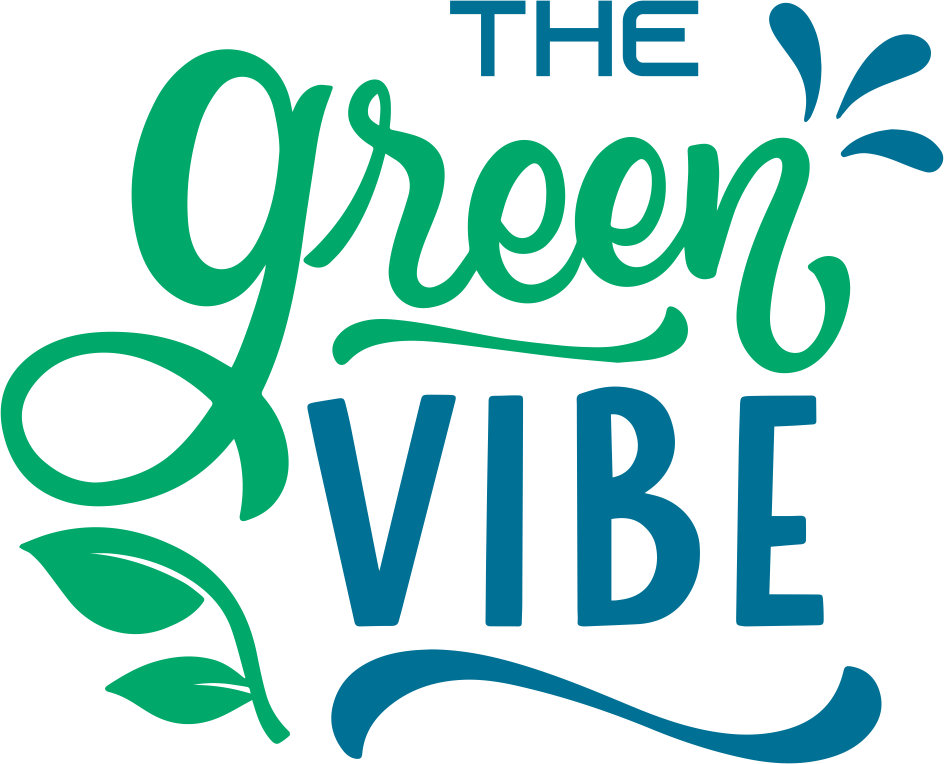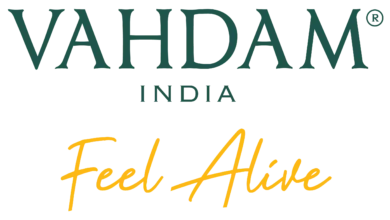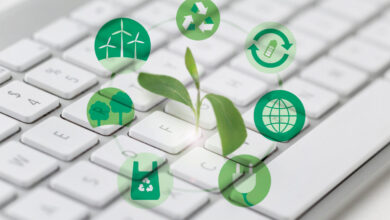A Guide on How to Conduct a Waste Audit
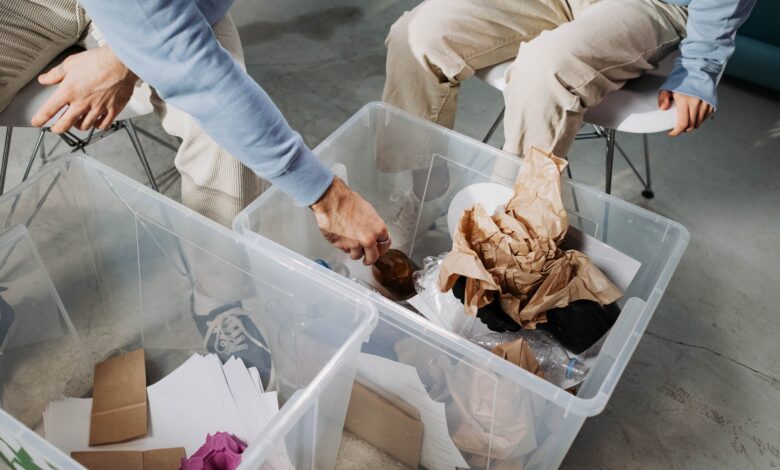
Discover the pivotal role of waste audits in sustainability efforts, uncovering insights into waste composition, management strategies, and environmental impact reduction.
In a world confronted by escalating environmental challenges, waste management stands as a critical frontier in sustainability efforts. Understanding the impact of waste and implementing strategies to minimize it is crucial. Waste audits serve as a fundamental tool in this endeavor, offering insights into the composition, volume, and management practices essential for effective environmental stewardship.
Understanding Waste Audits
Waste audits encompass systematic evaluations of an organization’s or community’s waste streams. These audits involve comprehensive assessments to quantify and analyze the types and quantities of waste generated, examining everything from recyclables and compostables to hazardous materials and landfill-bound items.
Typically, waste audits occur in five primary phases:
1. Preparation
Preparation involves planning the audit, determining objectives, assembling a dedicated team, and securing necessary tools and resources. It’s crucial to establish clear goals, such as understanding waste composition or identifying areas for improvement, to guide the audit process effectively.
2. Identify Your Waste Streams
Before the commencement of the ‘Waste Audit Week,’ compile a preliminary inventory detailing the prevalent types of waste generated by your business. This initial list can be broad, allowing for the inclusion of additional categories as necessary.
Typical Categories for Waste Audit:
- Glass
- Paper
- Cardboard
- Food scraps
- Plastic bottles
- Generic plastic items
- Aluminum beverage cans
- Display materials
- Packaging materials
3. Collect Your Equipment
Before the primary activity, it’s essential to gather specific supplies to ensure the safety and efficiency of your team.
Essential Materials for a Waste Audit:
- Designated open space for waste sorting.
- Clipboards for documenting observations.
- Clearly labeled containers for sorting different types of waste.
- Personal protective equipment including face masks and rubber gloves for all volunteers.
- Trash bags for re-bagging waste post-audit.
4. Organize Your Waste
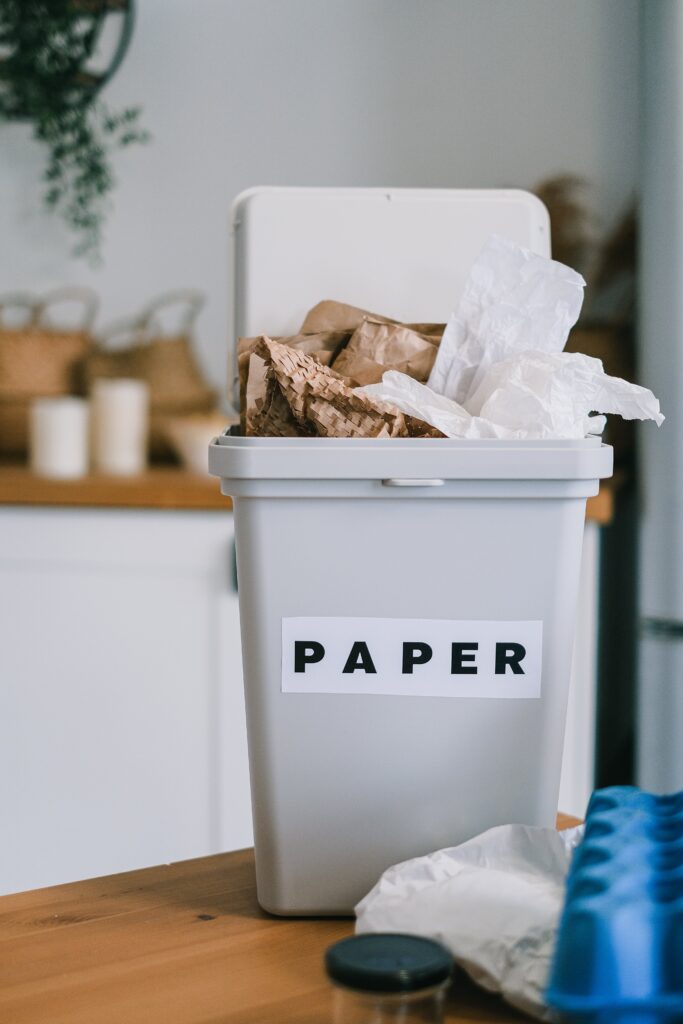
It’s time to delve into the core task. Here are steps to effectively organize your refuse:
- Collect all garbage and recyclables accumulated within your premises.
- Use labels on each trash bag indicating the originating department.
- Measure the weight of all waste to establish a weekly disposal baseline.
- Determine the weight of all recyclable materials to ascertain the weekly recycling volume.
- With gloves on, categorize all materials into designated boxes according to their respective categories. If you’ve labeled the trash by department, ensure separate boxes for each department.
- While sorting, take note of any recyclable items intermixed with the regular trash.
- After completing the sorting process, measure the weight of each waste category.
5. Analysis and Action
Now it’s time to analyze the results, identify trends, pinpoint areas of inefficiency, and determine opportunities for waste reduction. These insights enable organizations to create actionable strategies aimed at minimizing waste generation and improving waste management practices.
Implementing Waste Audit Strategies
Executing effective waste audits necessitates a systematic approach:
1. Engage Stakeholders
Involving all relevant stakeholders fosters collaboration and encourages collective responsibility. Employees, community members, waste management personnel, and leadership should be engaged throughout the audit process.
2. Utilize Technology
Leveraging technology, such as waste tracking software or smart waste bins equipped with sensors, can streamline data collection and analysis, improving the accuracy and efficiency of audits.
3. Continuous Improvement
Waste audits should not be one-time events. Implementing a cycle of regular audits enables organizations to track progress, adapt strategies, and continuously improve waste management practices over time.
Challenges and Future Trends
Despite their benefits, waste audits face challenges, including resource constraints, insufficient data accuracy, and limited awareness. However, future trends indicate promising advancements. Innovations in artificial intelligence, data analytics, and IoT (Internet of Things) devices are poised to revolutionize waste auditing, enhancing accuracy, efficiency, and scalability.
Conclusion
Waste audits serve as a cornerstone in the pursuit of sustainable waste management. By providing actionable insights and data-driven strategies, these audits empower organizations and communities to reduce environmental impact, conserve resources, and move towards a more sustainable future. Embracing waste audits not only mitigates environmental harm but also fosters a culture of responsible consumption and stewardship for generations to come.
India’s first climate action platform, The Disposal Company, is paving the way for a greener future by providing brands with the tools they need to achieve plastic neutrality and carbon neutrality. Learn more here.
